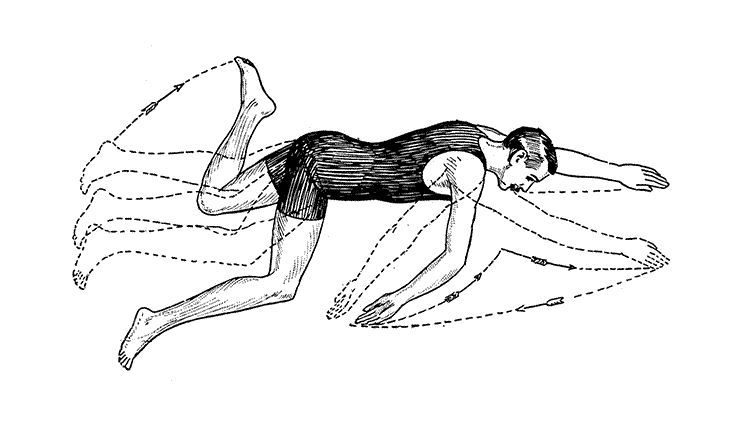January 2018
Citation (60)
3 January 2018, around 5.53.
It has often been said the good is its own reward, and that it is in so far not only right but prudent to will the good. A prudent eudaemonist may be capable of understanding this quite well. In thought, in the form of a possibility, he may approach very near to the good; because within the sphere of the possible, as within the sphere of the abstract, the possible constitutes a mere appearance. But when the transition is about to become actual, prudence finds it impossible to meet the test. The actual interval of time separates the good and its reward to long, so everlastingly, that prudence cannot bring them together, and the eudaemonist begs to be excused (306).
* * *
All wisdom of life is abstraction, and only the most wretched eudaemonism has no abstraction, but is sheer enjoyment of the moment. In the degree to which a eudaemonistic philosophy of life is prudent it has some abstraction; the more prudence, the more abstraction. This fact gives the eudaemonist a superficial resemblance to the ethical and the ethico-religious, and it might seem for a moment as if the two views might meet. And yet it is not so, for the very first step taken by the ethical is an infinite abstraction, and what happens? The step becomes too long for the eudaemonist, and although some abstraction is prudence, an indefinite abstraction is madness to the eudaemonist.
Perhaps a philosopher will wish to say here that I move only within the sphere of reflection. On paper, to be sure, it is easier to put things together; one risks everything (on paper), and at the same instant one has everything. But if I risk everything in the medium of existence, this is by itself a lifelong task, and when I remain with my venture in existence, I shall repeatedly have to continue to venture. The honorable philosopher, as usual, transfers the scene from existence to paper (p. 381, footnote 2).
upbuilding and edification
10 January 2018, around 5.57.

A helpful illustration from Swimming Scientifically Taught (1912)
For my part I can well describe the movements of faith, but I cannot make them. When one would learn to make motions of swimming one can let oneself be hung by a swimming-belt from the ceiling and go through the motions (describe them, so to speak, as we speak of describing a circle), but one is not swimming. In that way I can describe the movements of faith, but when I am thrown into the water, I swim, it is true (for I don’t belong to the beach-waders), but I make other movements, I make the movements of infinity, whereas faith does the opposite: after have made the movements of infinity, it makes those of finiteness. Hail to him who can make those movements, he performs the marvellous, and I shall never grow tired of admiring him, whether he be Abraham or a slave in Abraham’s house; whether he be a professor of philosophy or a servant-girl, I look only at the movements. But at them I do look, and do not let myself be fooled….
* * *
We shall never learn what ‘is called’ swimming, for example, or what it ‘calls for,’ by reading a treatise on swimming. Only the leap into the river tells us what is called swimming.
cornered
19 January 2018, around 6.34.

A portion of Thomas Cole’s ‘The Oxbow’ (1836)
This was supposed to be about Emily Dickinson and Susan Howe and how, as a reader, one reimagines poets, emblazoning them on banners for battles they could have had no part in, the moment for those contentions being – then – not yet at hand. The points and particulars have been carried away to other rooms, though, to stand in other corners.
